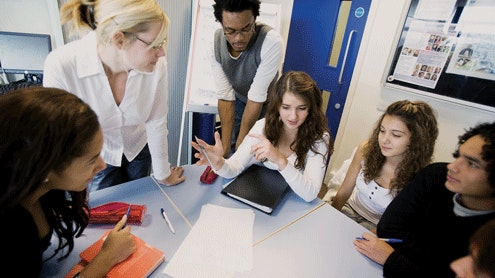Homepage
•
Learning Library
•
Blog
•
From discord to civil discourse: The human side of digital citizenship
Expand breadcrumbs
Expand breadcrumbs
- Learning Library
- Blog
- From discord to civil discourse: The human side of digital citizenship
- Homepage
- •
- Learning Library
- •
- Blog
- •
- From discord to civil discourse: The human side of digital citizenship
From discord to civil discourse: The human side of digital citizenship
By Jennifer Snelling
December 24, 2019








